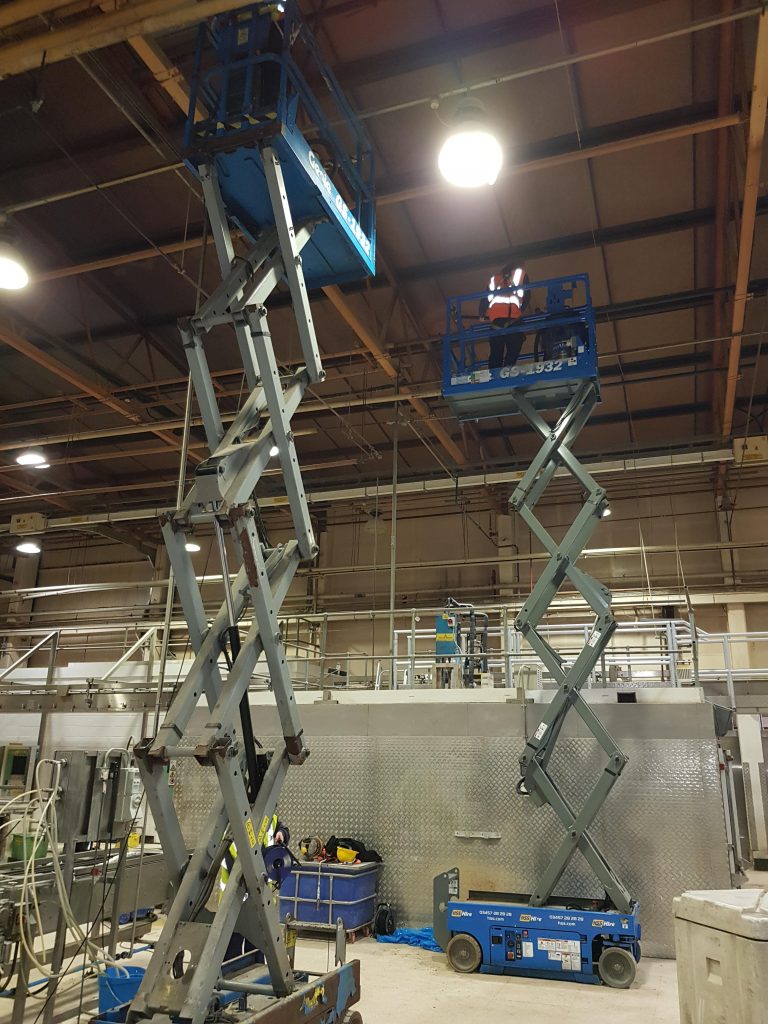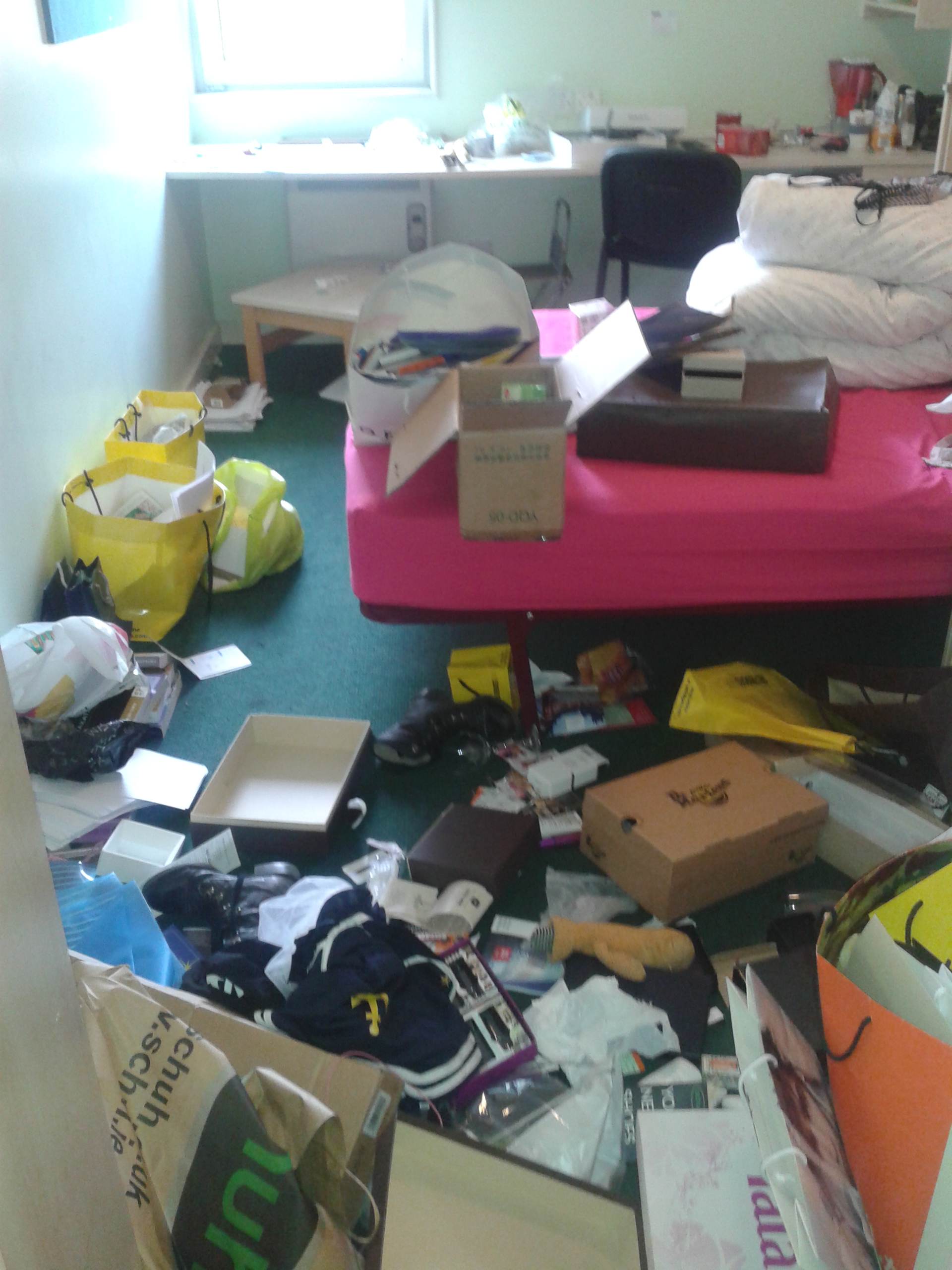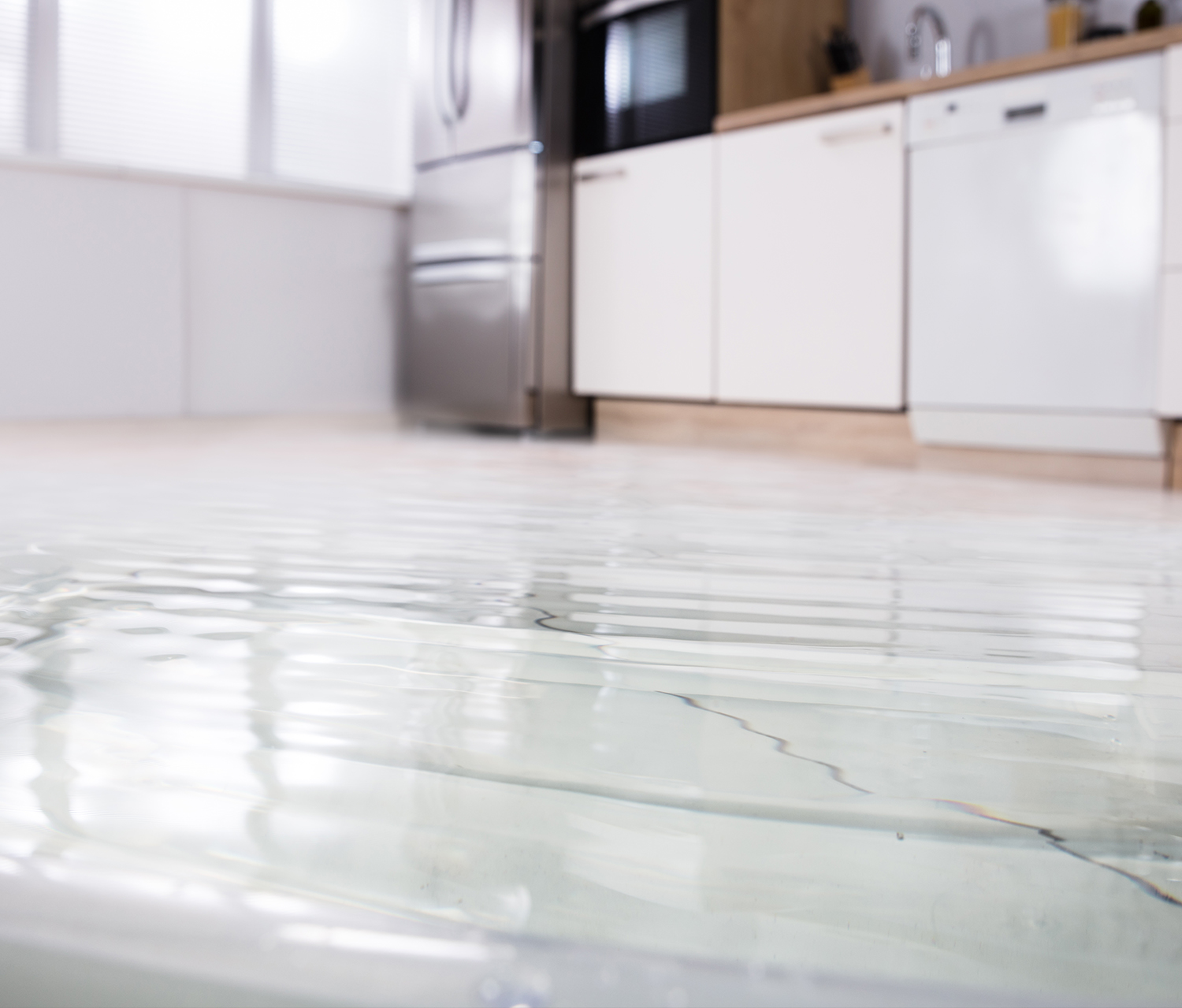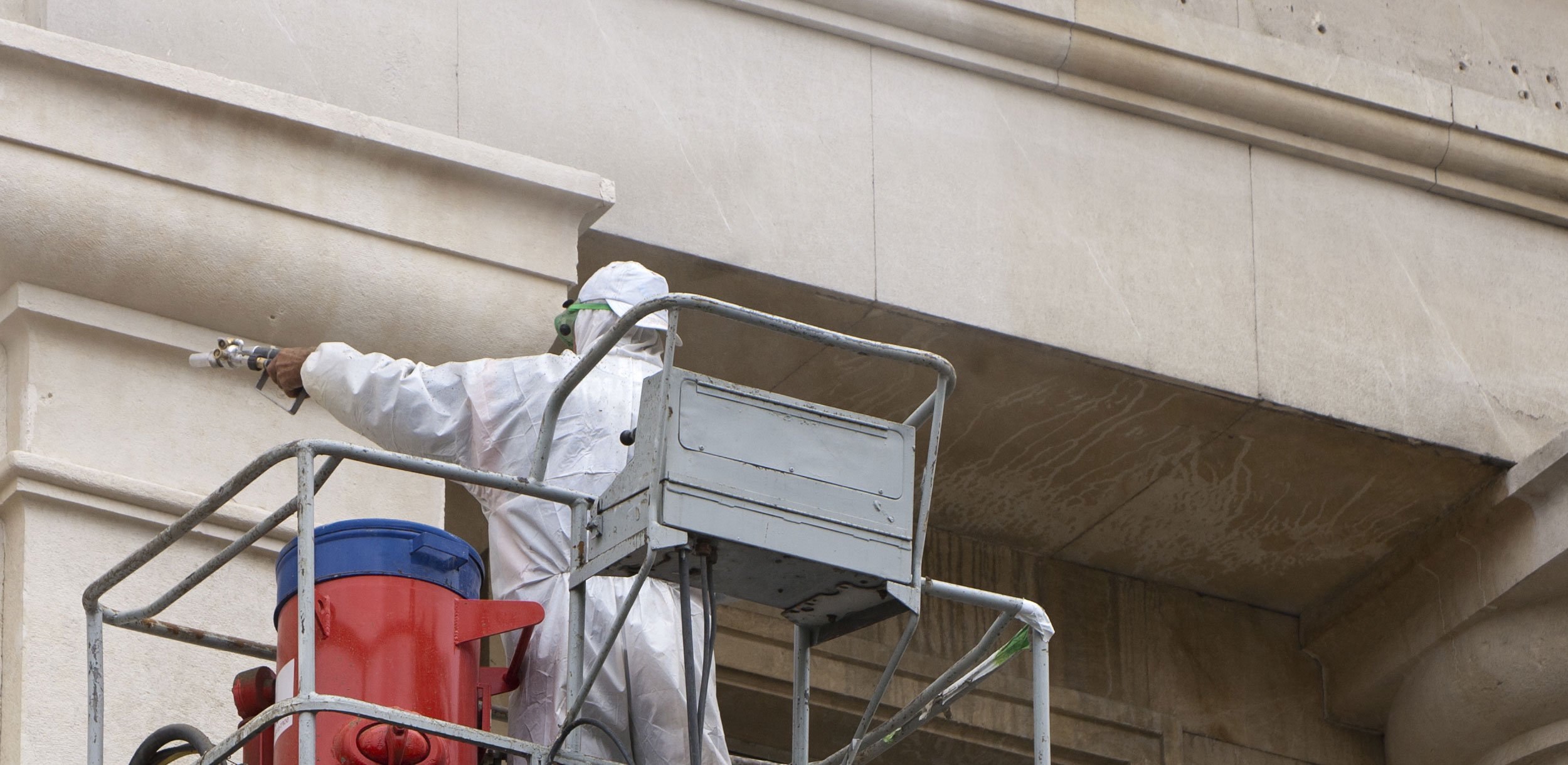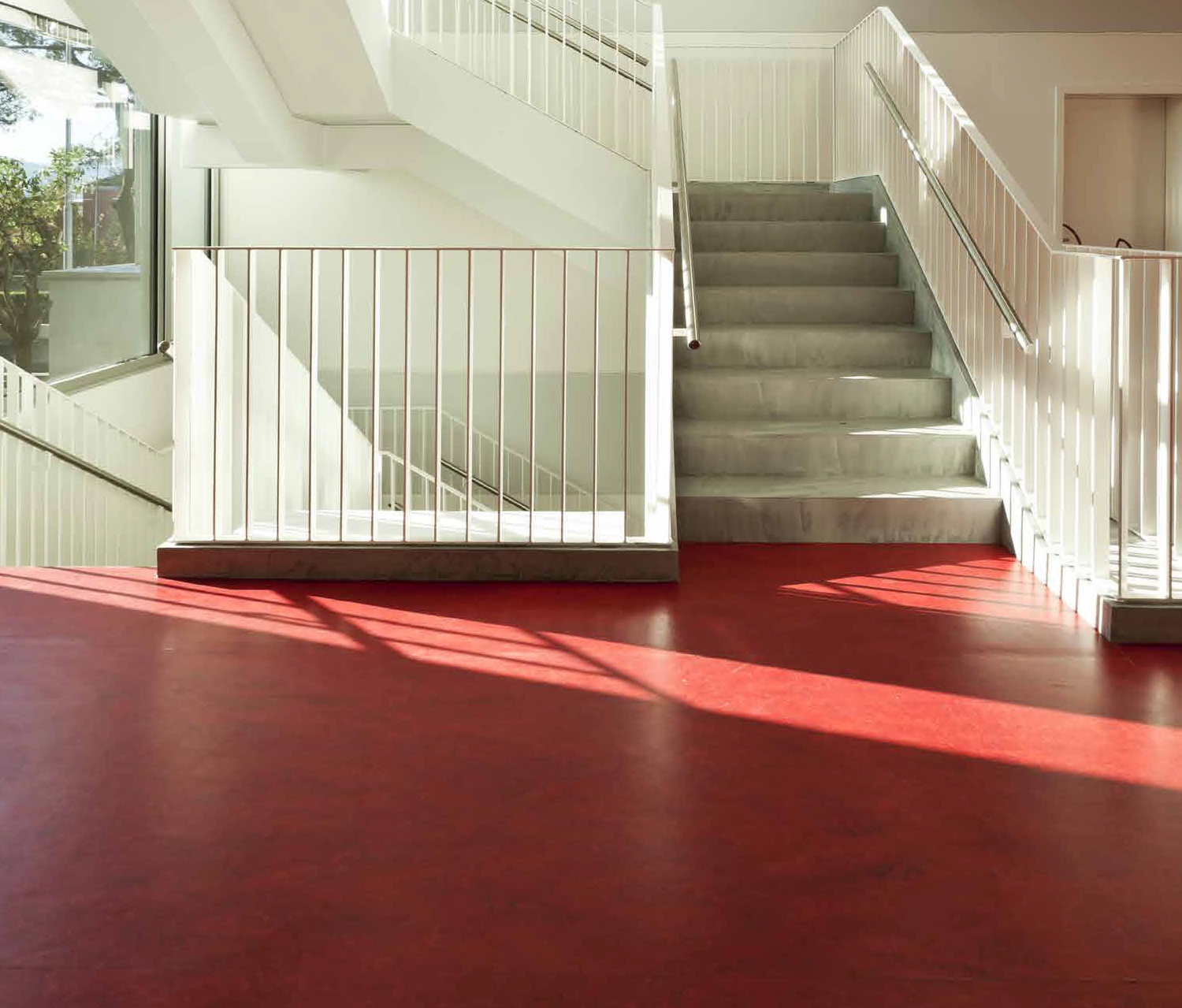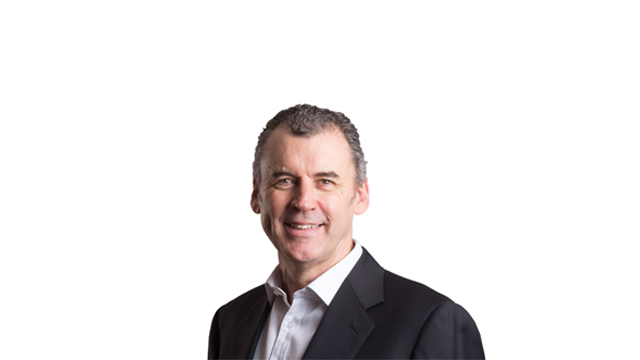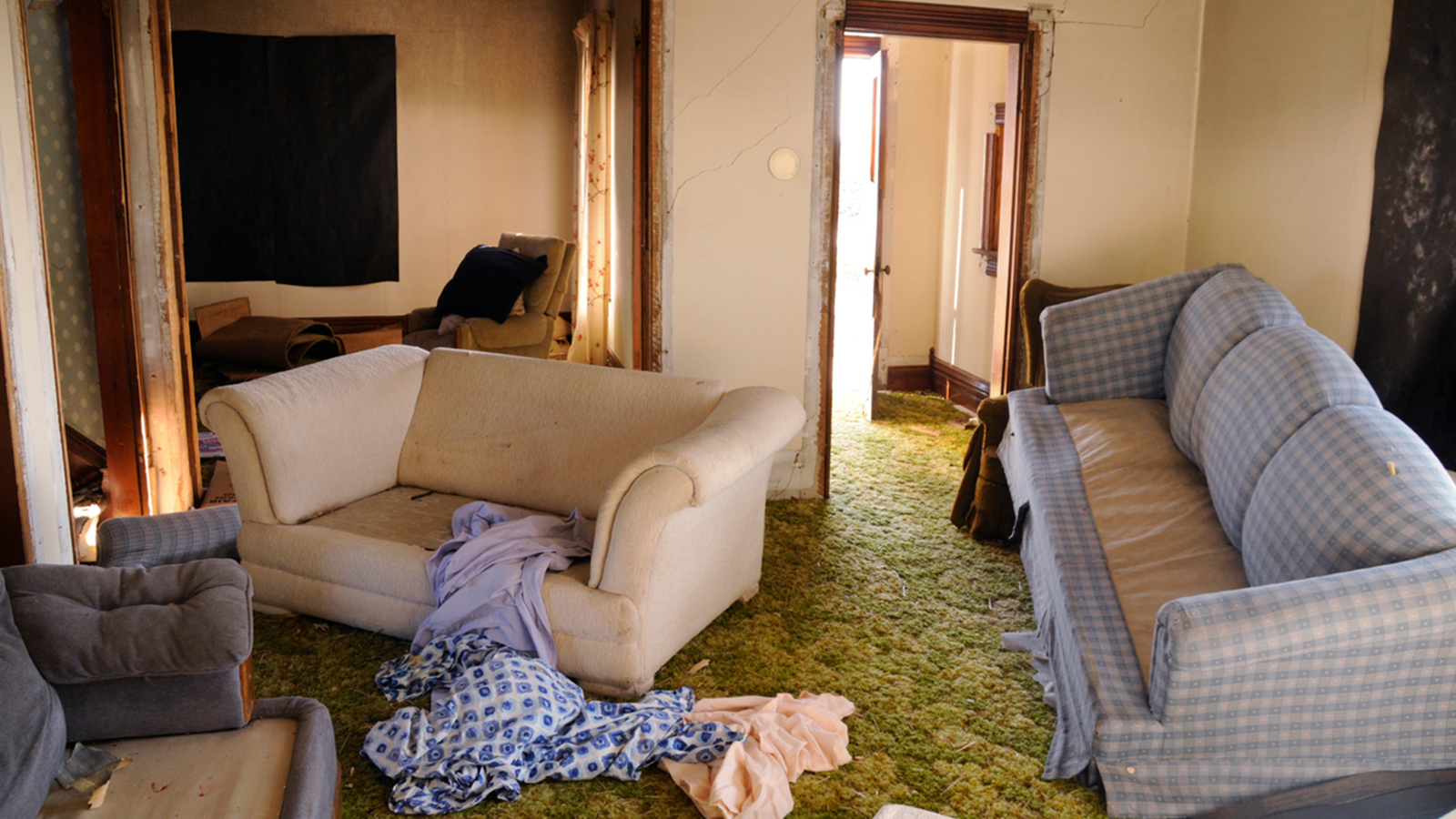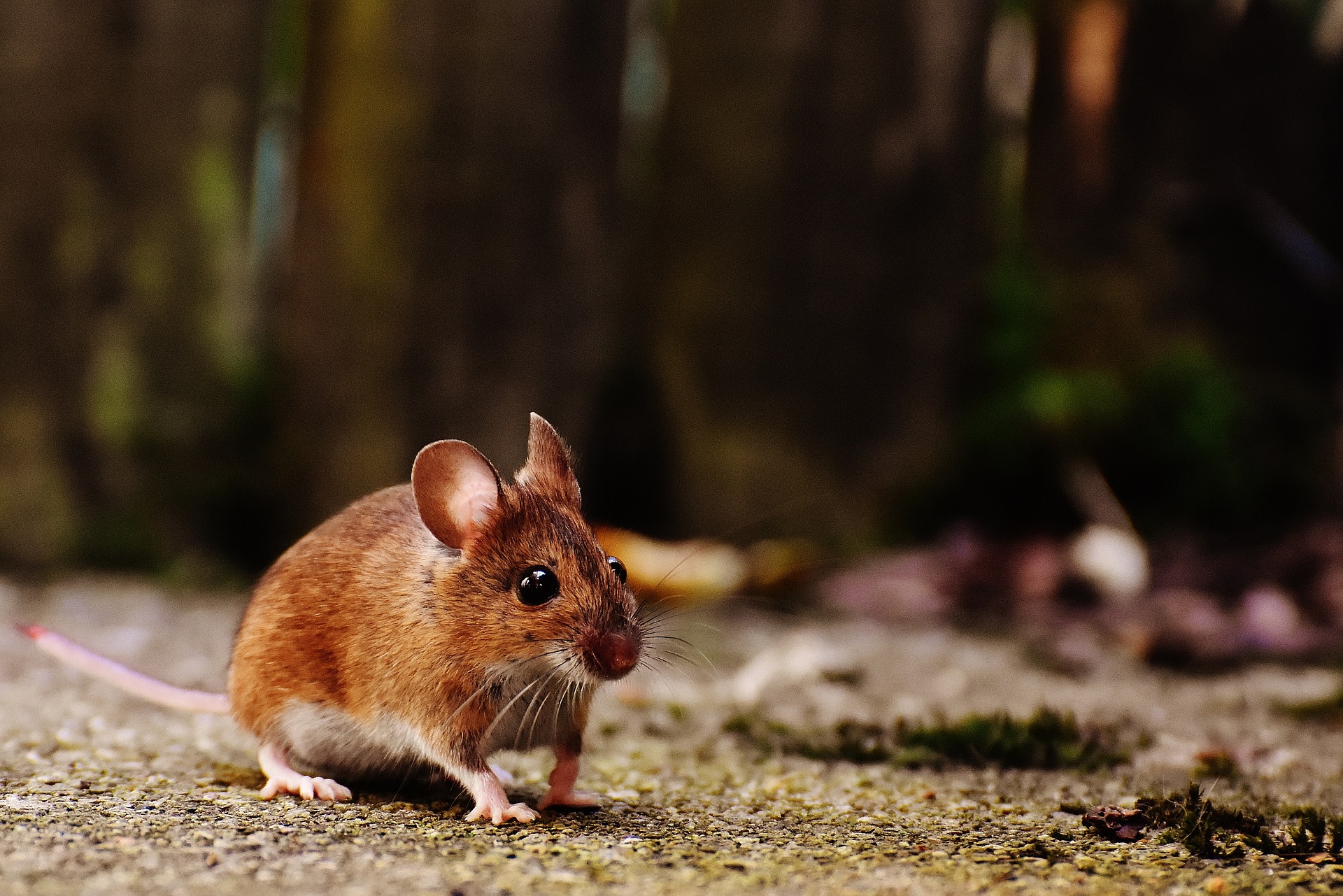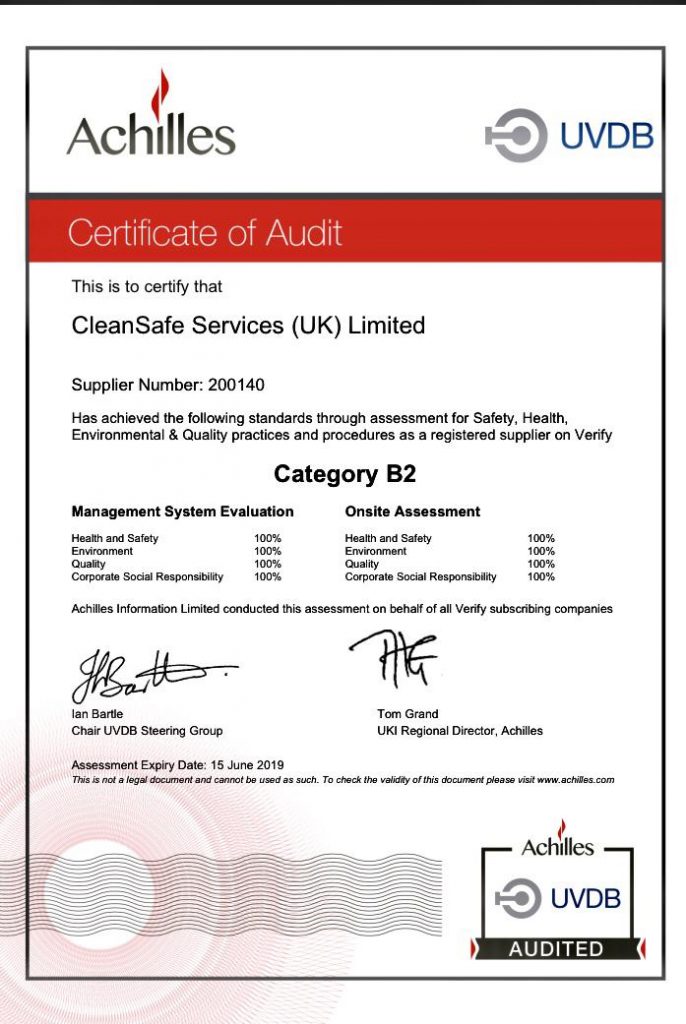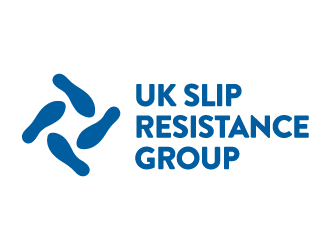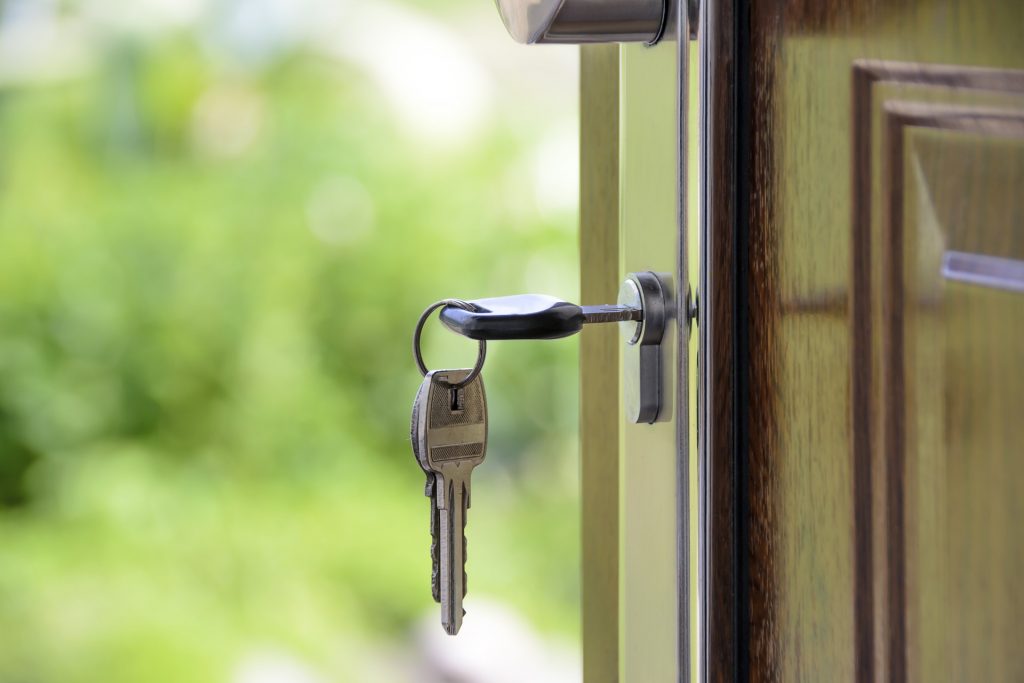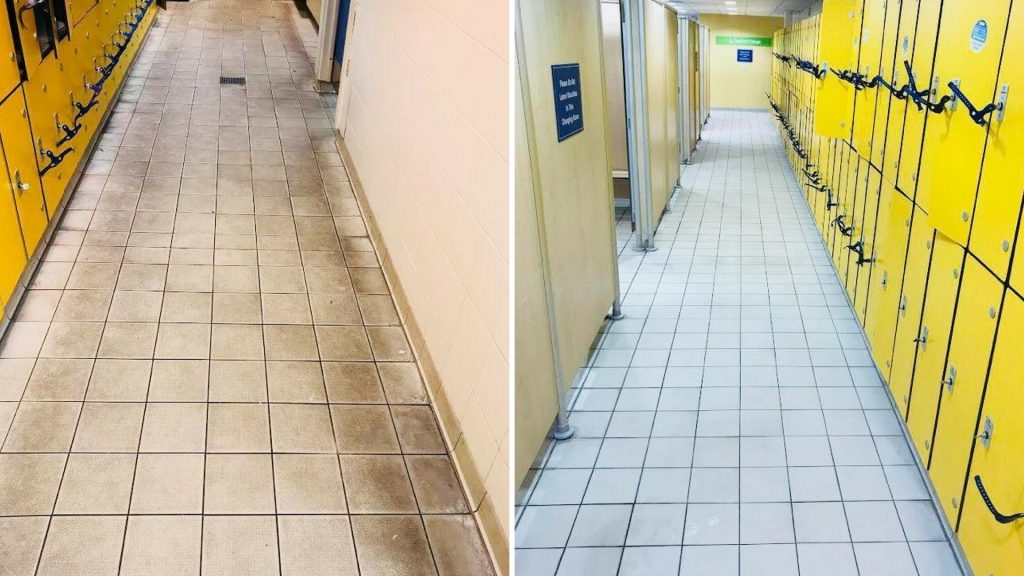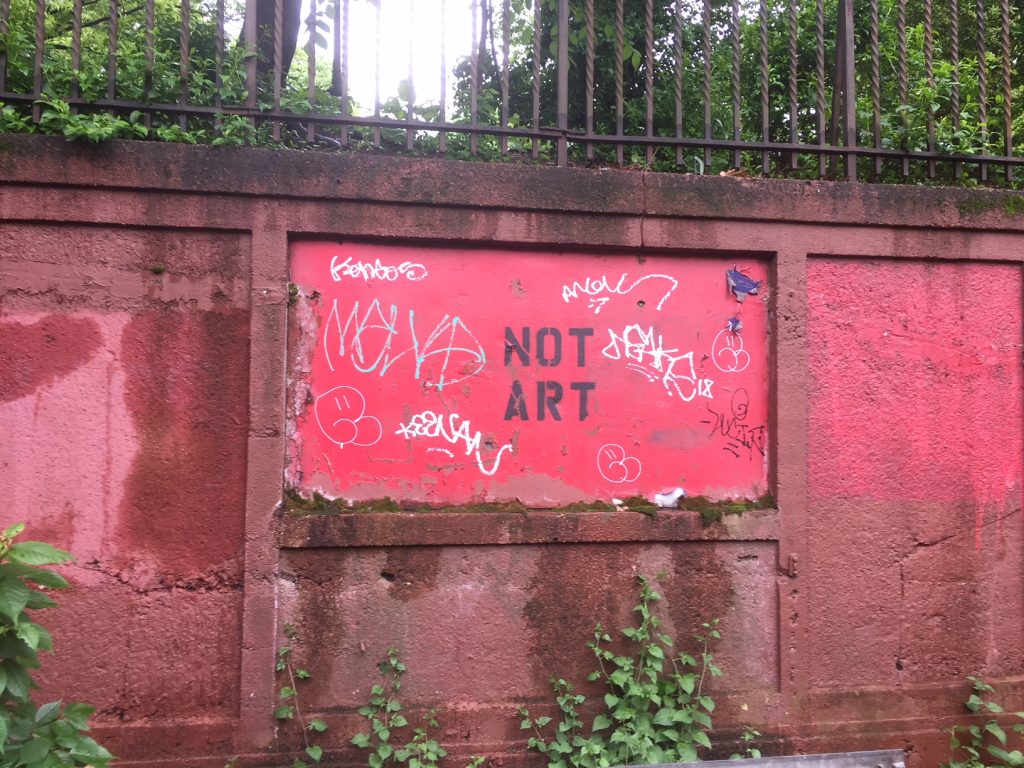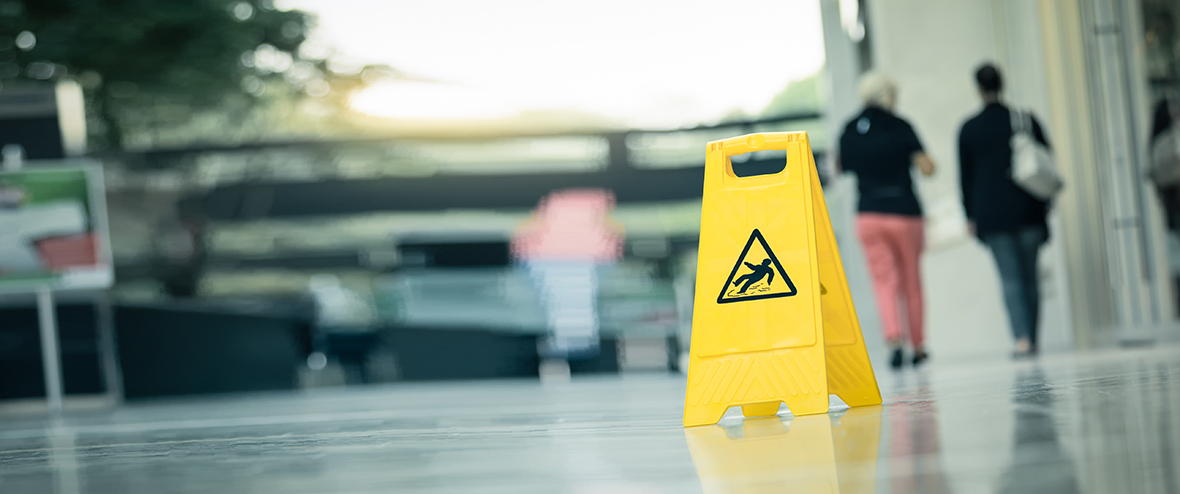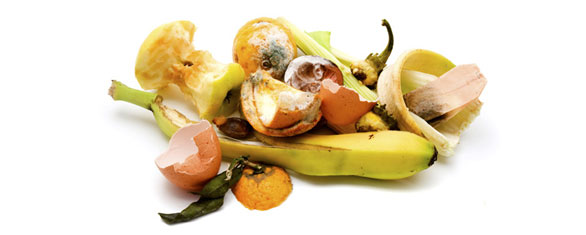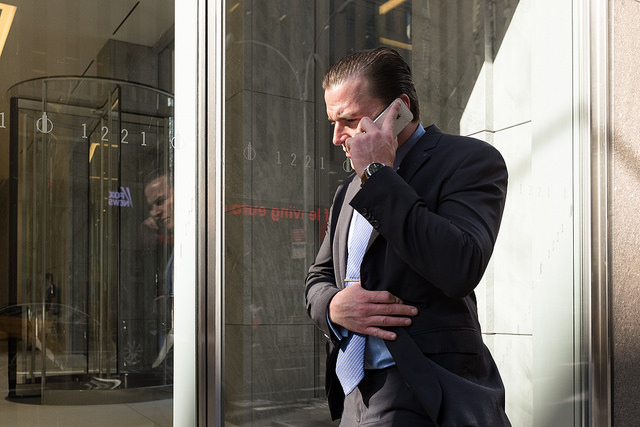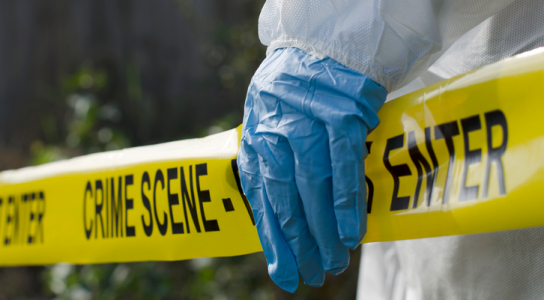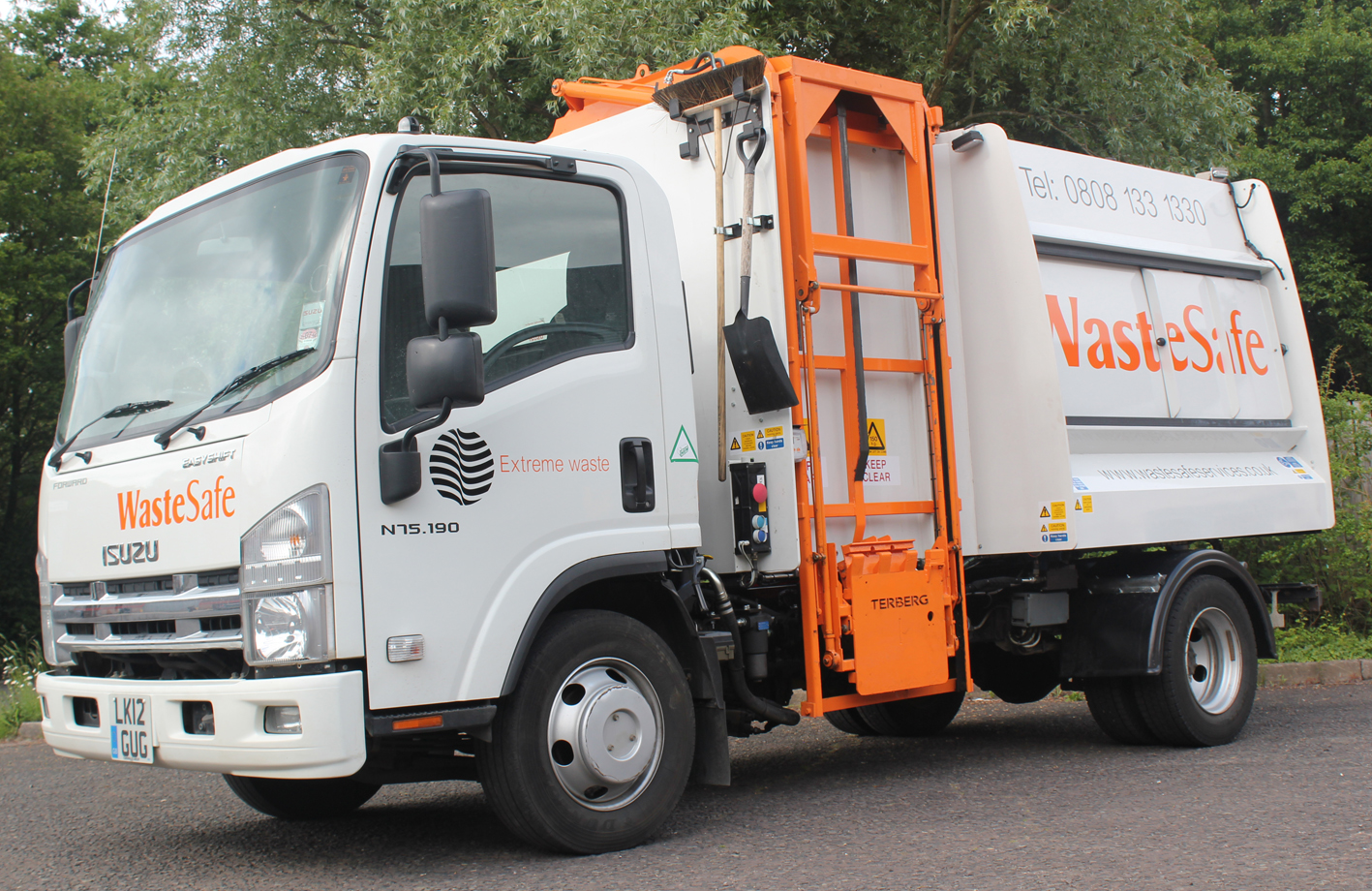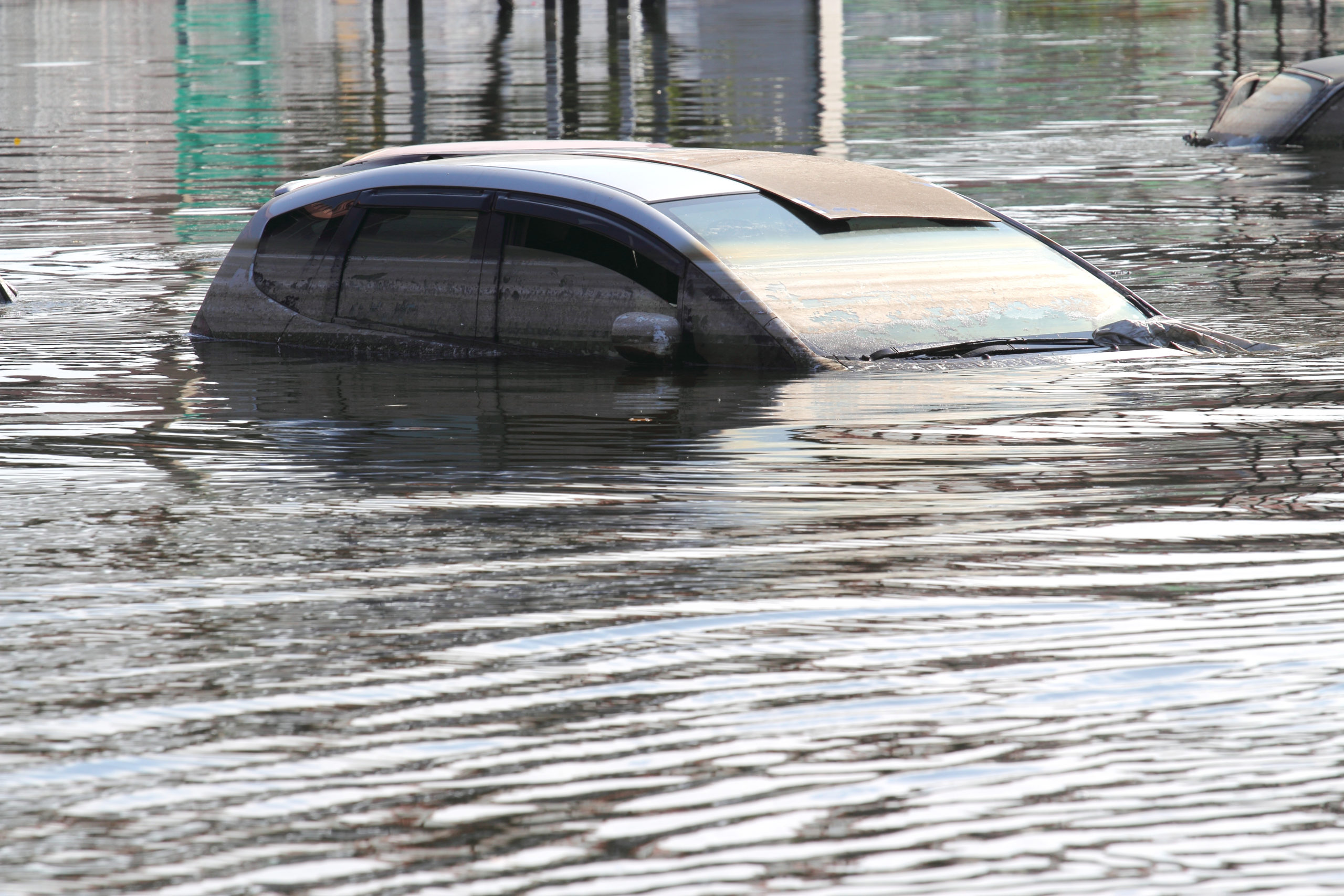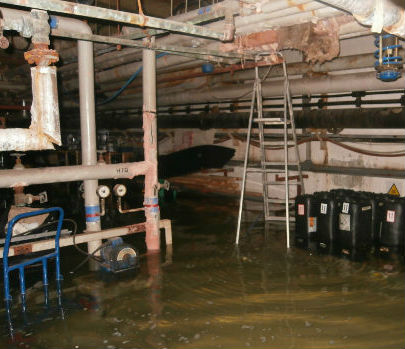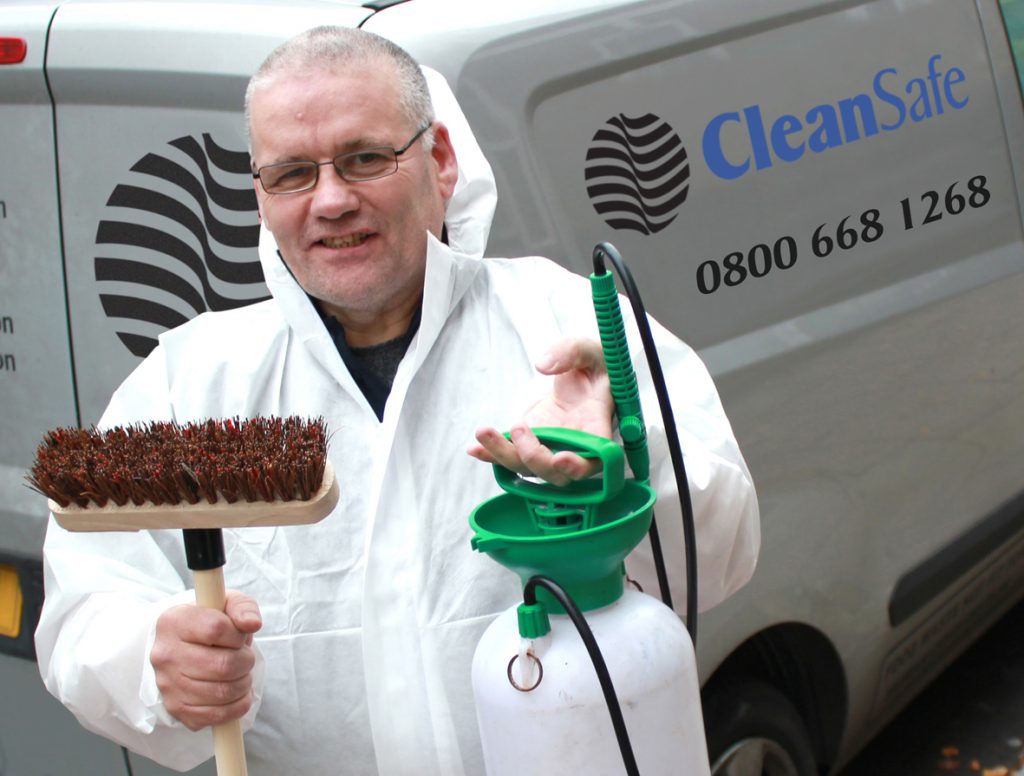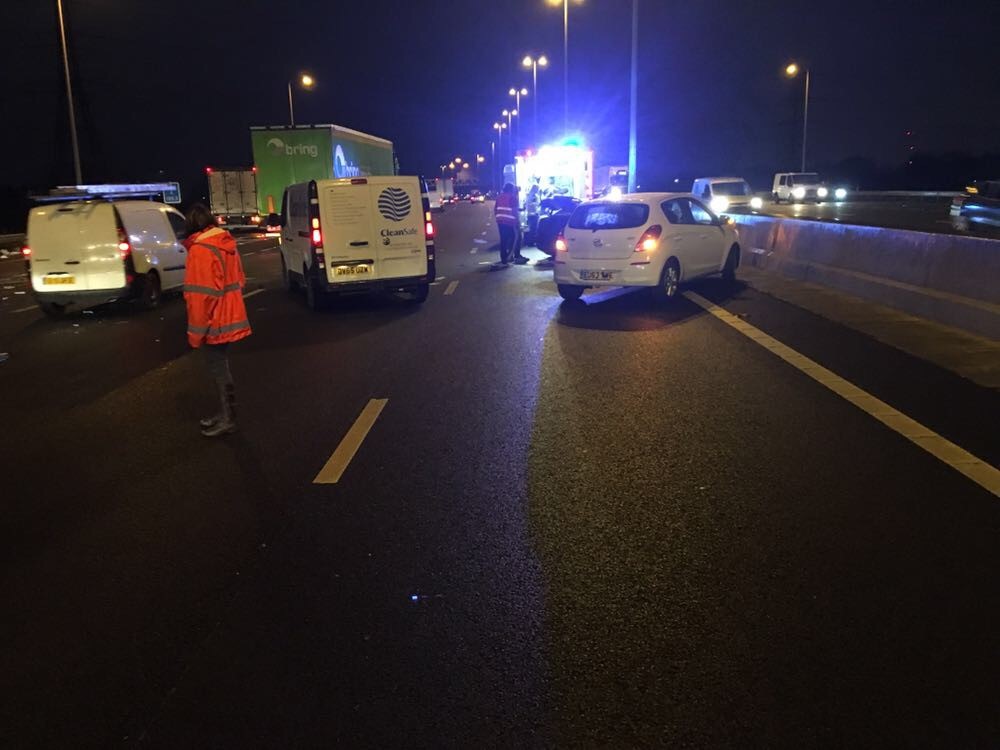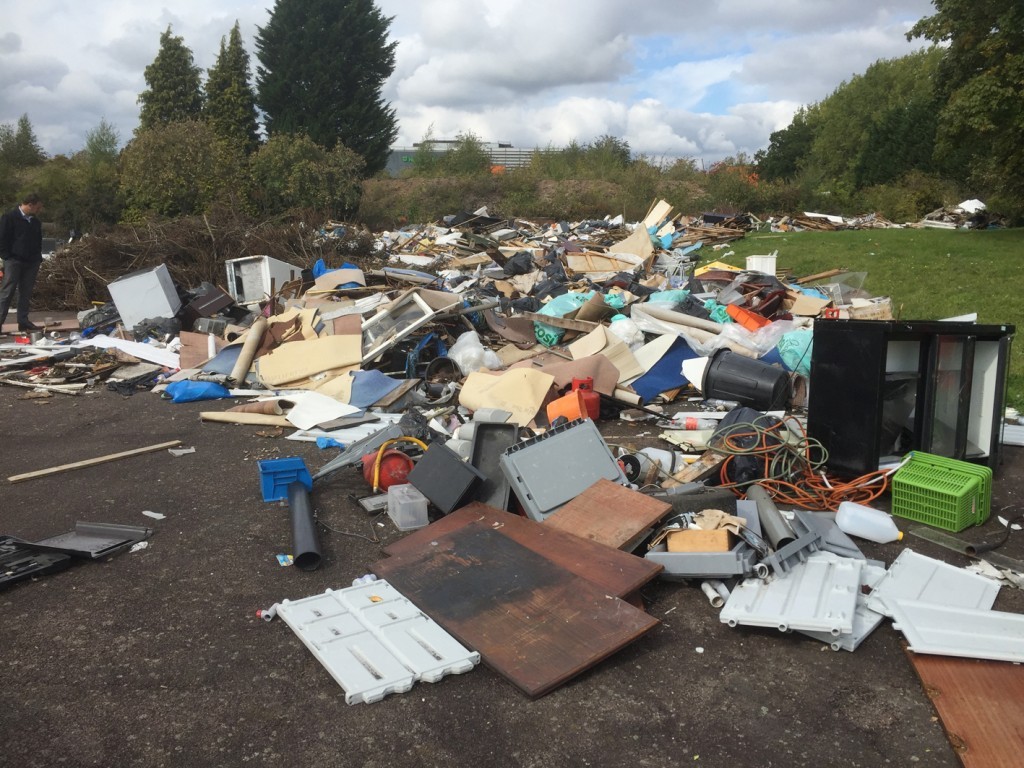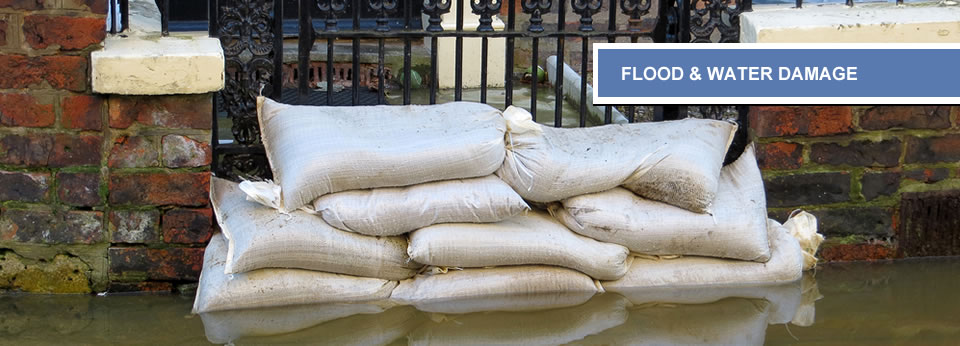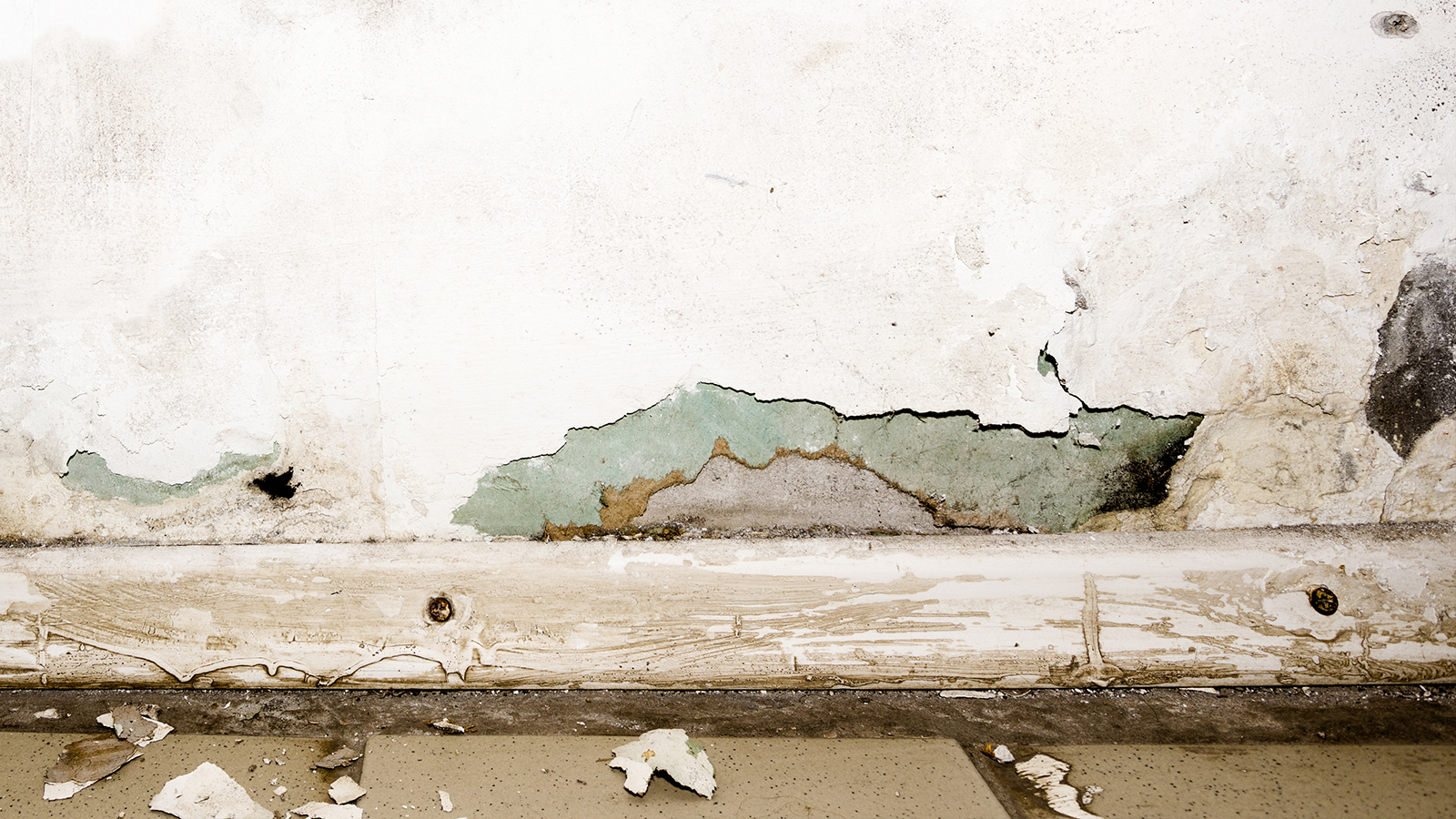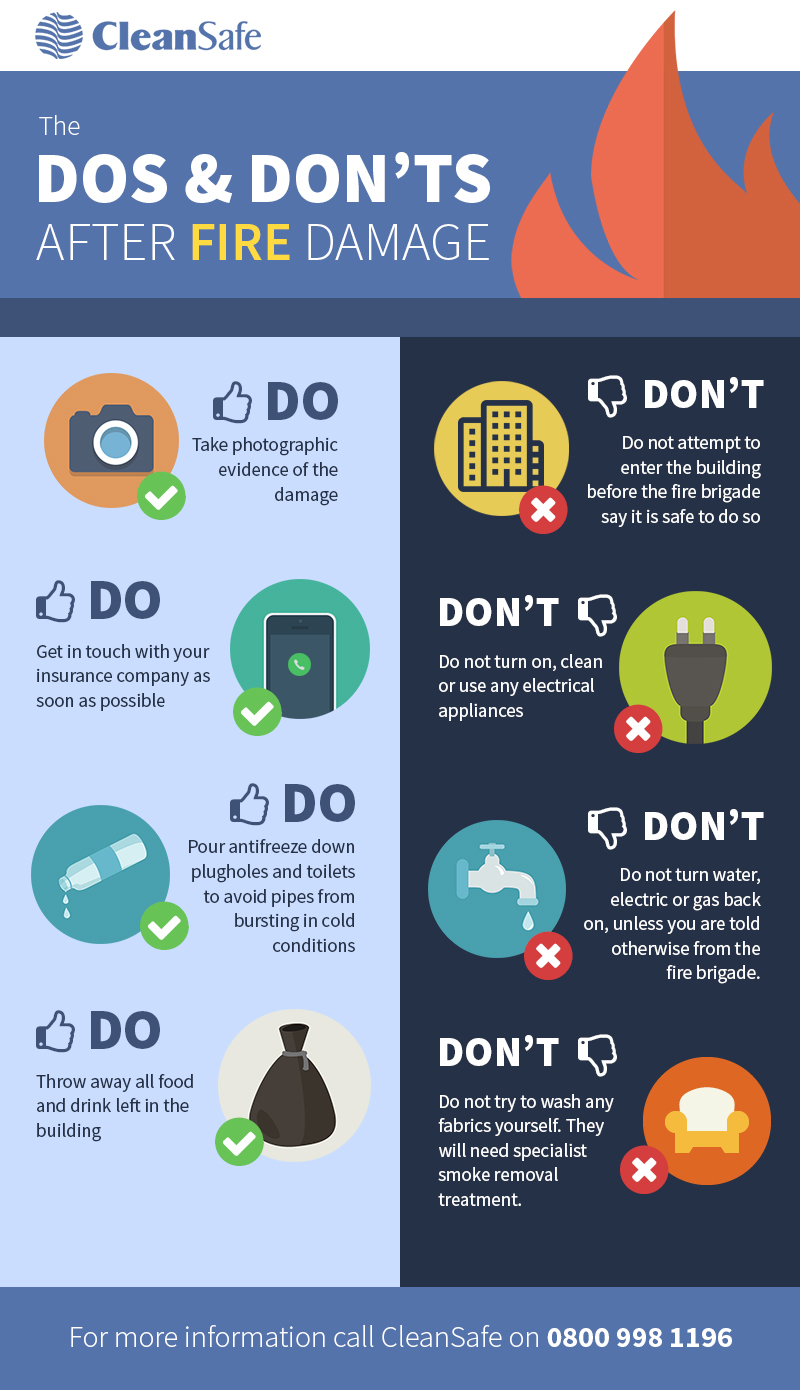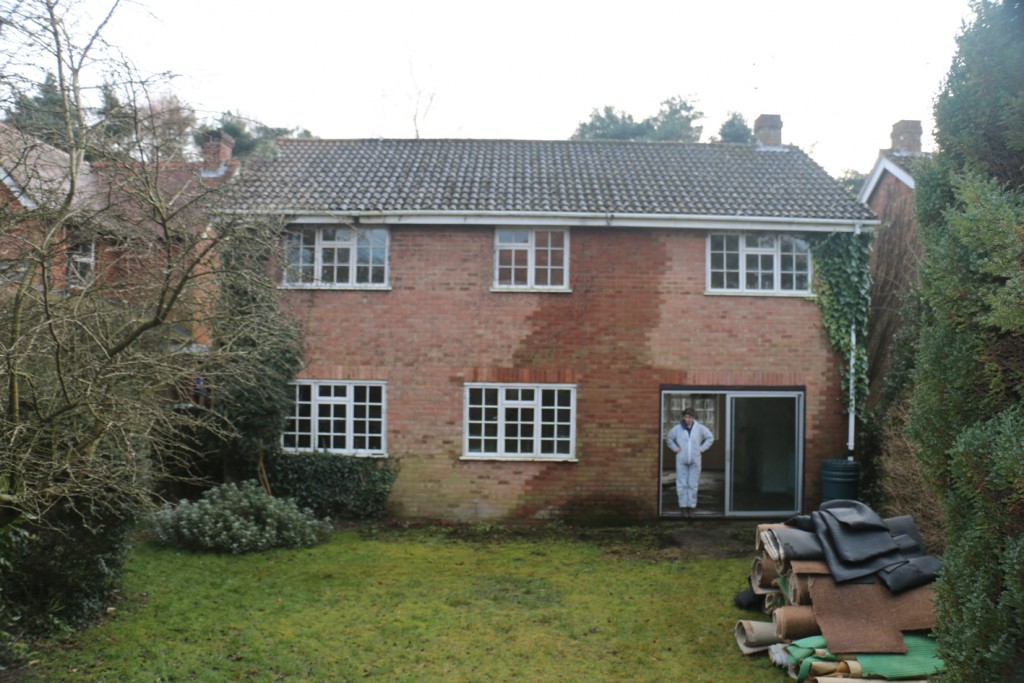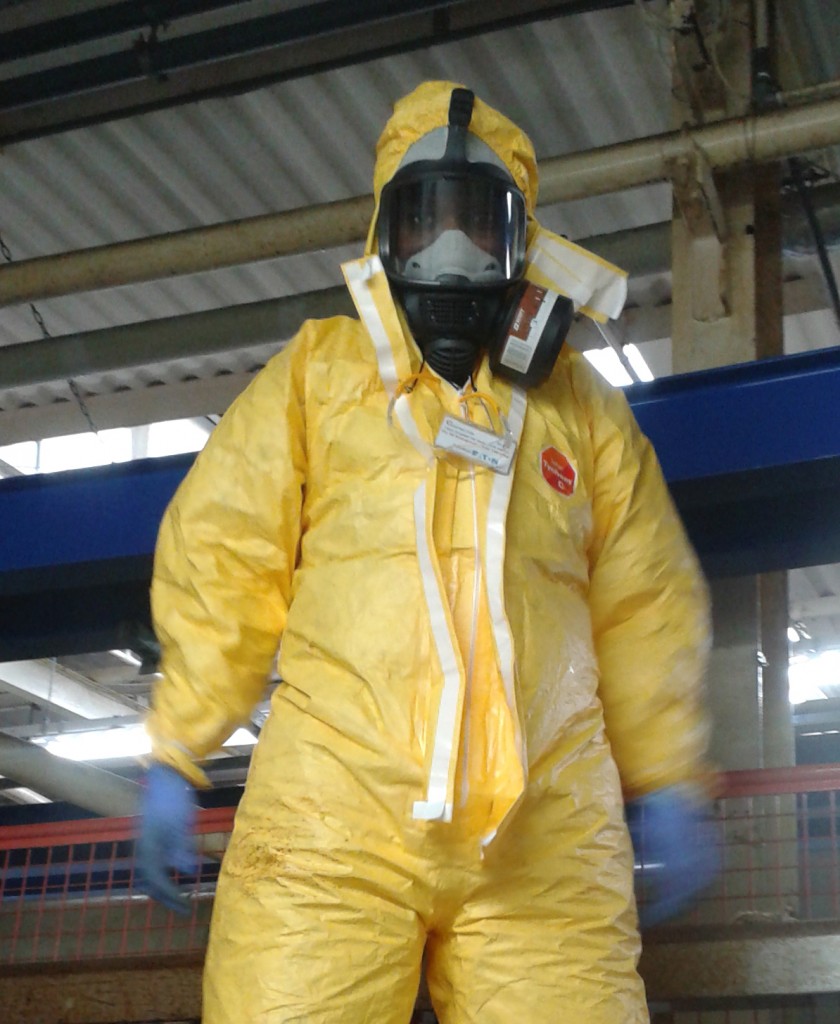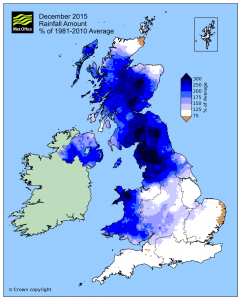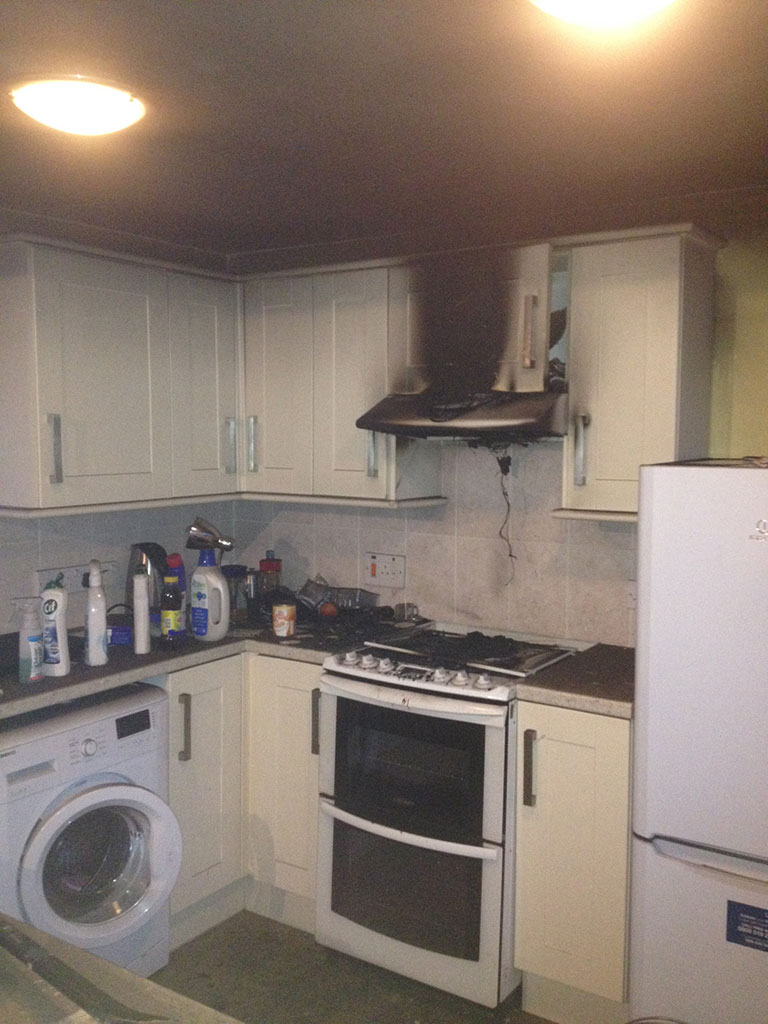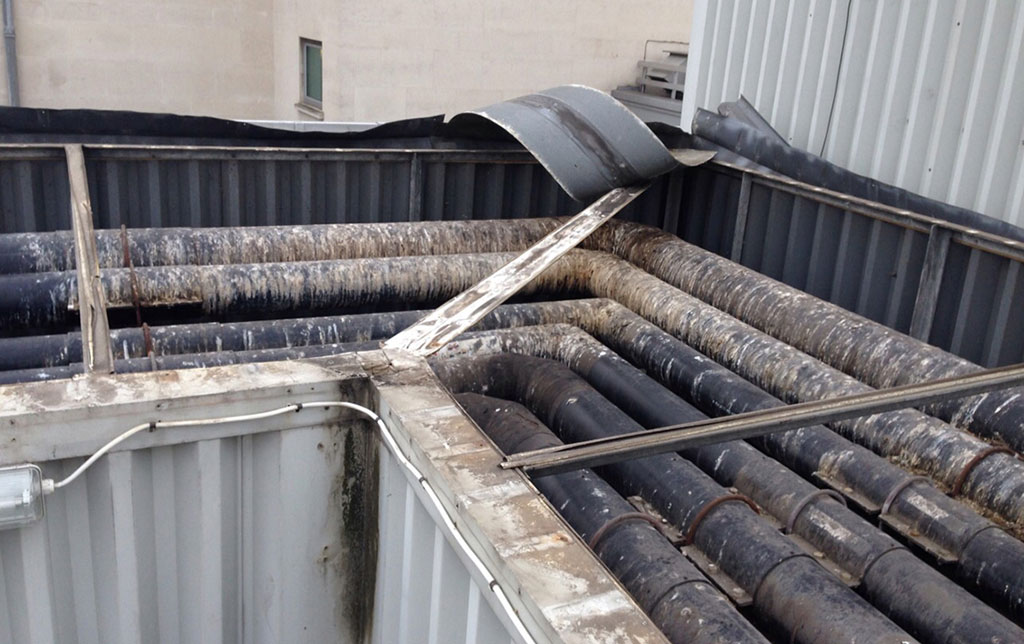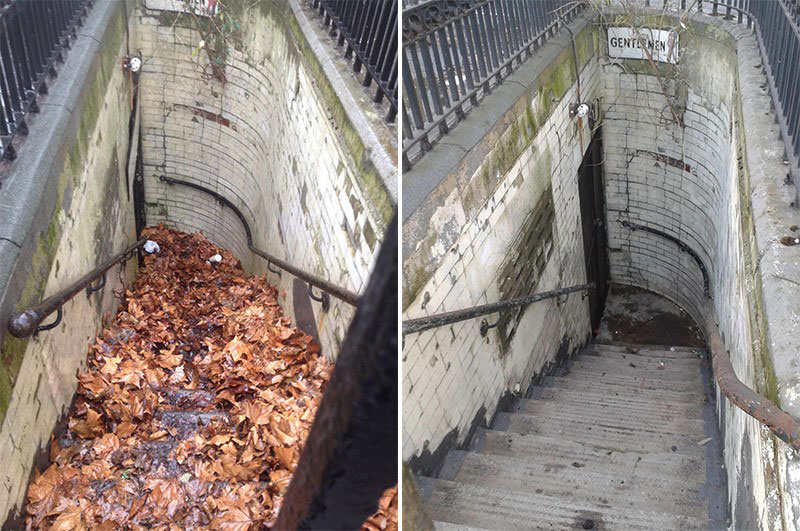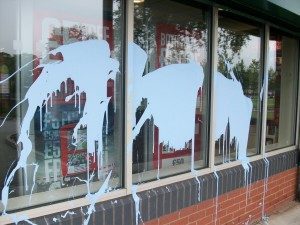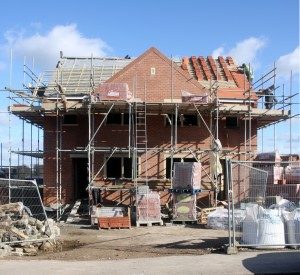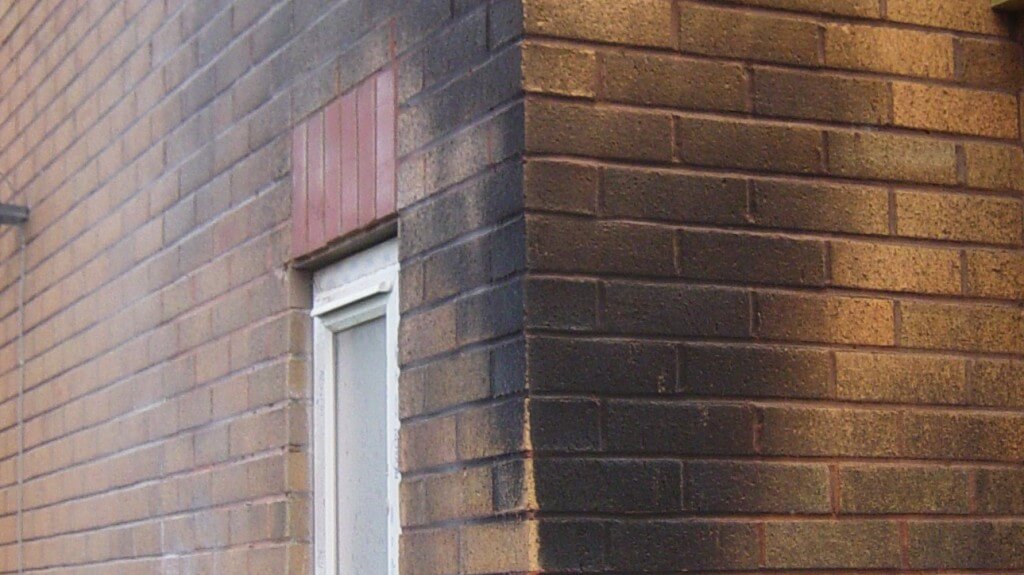Flood damage cleaning specialist CleanSafe Services has worked with a disaster restoration consultant to get a popular vegan restaurant trading in time for Christmas after a devastating flood.
The restaurant, in Manchester, was forced to close in early November after its basement kitchen, customer toilets and staff areas were flooded with thousands of litres of water from a burst drinking water pipe.
The restaurant was then in an immediate race against time to reopen in time for Christmas, and called in CleanSafe Services to provide emergency flood restoration help.
Fast flood recovery
CleanSafe Services then worked with Peter Gaunt, MD of Restoration Response, which was appointed by the restaurant to advise the business on how to recover from the flood as quickly as possible.
This allowed the drying process to be completed in just two weeks, allowing the restaurant to reopen with a soft launch in early December.
The work done jointly by CleanSafe Services and Restoration Response was vital to the recovery of the restaurant in time for Christmas, traditionally the busiest trading period, and vital to long-term success.
Removing flood water in walls
The biggest challenge was to remove water that had soaked into the walls behind plasterboard which had been used to dryline the walls in the corridor, toilets and staff areas, and behind specialist hygienic wall cladding installed in the kitchen.
The first task was to deep clean all surfaces to avoid the build-up of bacteria and mould. Then, following a strategy devised by Peter Gaunt, CleanSafe Services put in place an after-flood drying process, to remove the water by pumping hot air into the cavities behind the cladding.
This was achieved by removing skirting boards, and drilling 38mm-diameter holes 500mm apart in the plaster board and kitchen cladding at the bottom of each wall.
Hot air from four specialists Corroventa A4 ESX dehumidifiers, supplied by Peter Gaunt, was pumped into each hole, in turn, through lay-flat ducting. Additional air movers were also installed, and the restaurant’s air conditioning system was used to extract water, and recycle dry air.
Meticulous flood drying
The ducting was moved on to new holes in the wall at least every two days in a process that required meticulous monitoring by the CleanSafe Services team to ensure the drying process was as fast as possible.
Meanwhile floor tiles in the corridor, toilet, and staff area were removed and the tiling adhesive removed with an electric chipping hammer. Fortunately, it was found the specialist non-slip flooring in the kitchen did not have to be replaced.
Jamie Osbourne, Project Supervisor for CleanSafe Services, said: “Partnership working is often key to success when carrying out technically-challenging flood recovery tasks like this, which is why we were pleased to work with Peter.
“The techniques and specialist equipment deployed avoided the need for much more interventionist approaches which would have been more costly, and taken longer, and time is one thing the restaurant did not have.”
Saving flood restoration costs
Peter Gaunt said: “CleanSafe Services was extremely diligent in implementing the agreed drying strategy, which played a significant part in its success.
“This soft strip approach saved the insurance company an estimated £15,000. More importantly, it meant the restaurant could start trading again as quickly as possible.
“An estimated 85% of all businesses hit by a flood of this magnitude do not recover, whether they are insured or not. Our job was to ensure that this restaurant is one of the 15% that can go on from strength to strength.”


